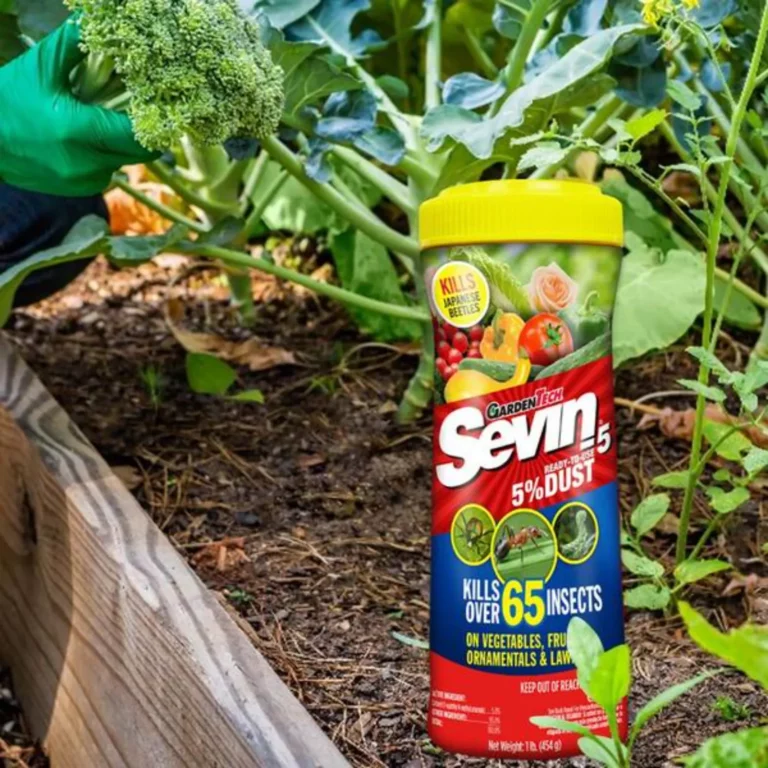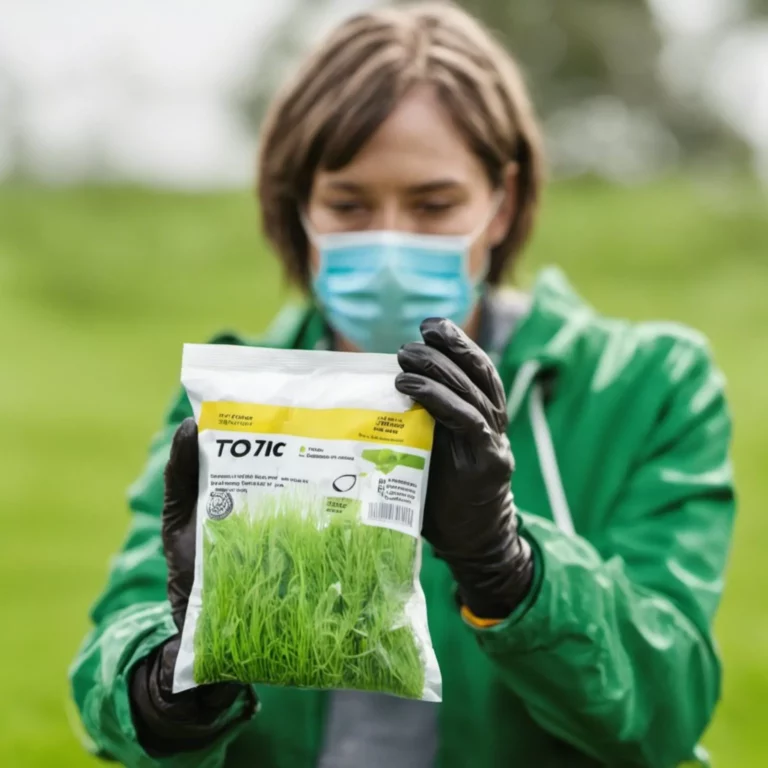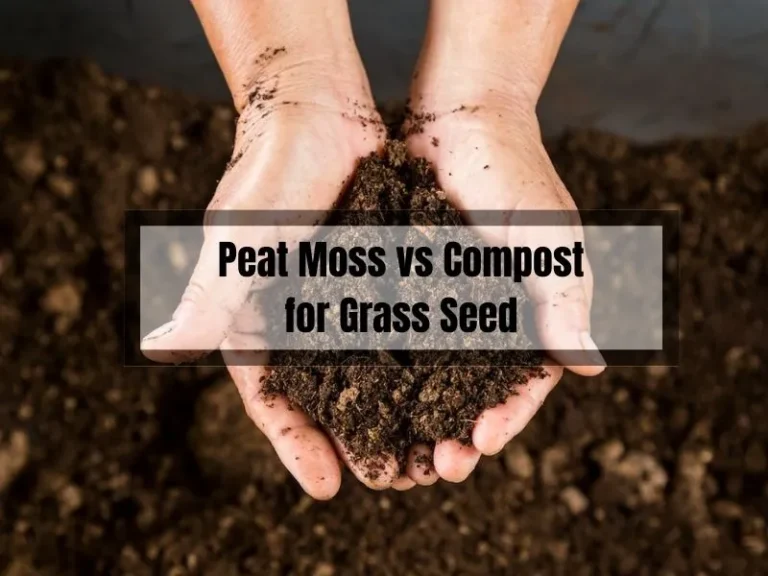How to Improve Lawn Soil Naturally: Expert Tips and Methods
From Louise: Passionate about gardening, I specialize in plant care and flower knowledge. I’m here to share my expertise and assist with your gardening queries. Feel free to ask any questions or seek advice on lawn care—I’ll respond within 24 hours!
Are you tired of having a patchy and unhealthy lawn? Do you want to improve your yard’s soil without using harmful chemicals? To begin, it’s important to test your soil to understand its deficiencies.
You can use a soil testing kit from a garden center or hire a professional. Understanding the pH level of your soil will guide your soil improvement efforts. Adding organic matter like compost is a natural way to enhance soil.
Compost enriches soil with nutrients, improves structure, retains moisture, and supports beneficial microorganisms. You can make your own compost or buy it from a garden center to boost your lawn’s health and appearance.
Key Takeaways
- Testing your soil is the first step to improving your lawn’s health
- Adding organic matter like compost is a natural way to enhance soil
- Maintaining healthy soil is key to achieving a lush, green lawn.
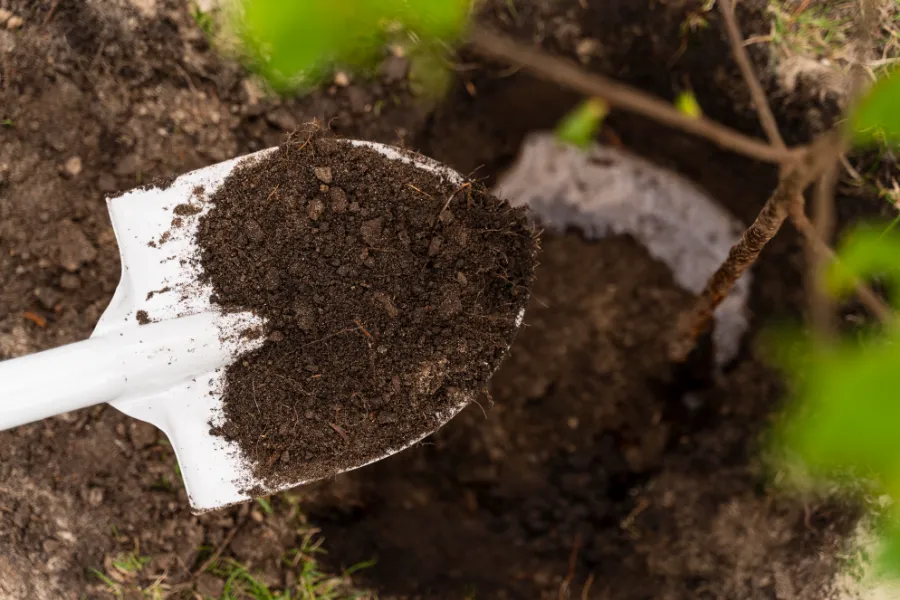
How to Improve Lawn Soil Naturally
If you want to have a healthy and beautiful lawn, you need to start with the soil. Good soil is the foundation of a healthy lawn. Here are some tips on how to improve your lawn soil naturally.
Test Your Soil
Before you start improving your soil, it’s essential to test it. You can buy a soil test kit from your local garden center or online to determine its pH level, nutrient content, and texture. Once you have the results, you can adjust your soil accordingly.
Add Organic Matter
Adding organic matter is one of the best ways to improve your soil naturally. Organic matter improves soil structure, increases water retention, and provides nutrients for your plants. You can add organic matter by:
- Adding compost: Compost is a great source of organic matter. You can make your own compost by composting kitchen scraps, leaves, and grass clippings. You can also buy compost from your local garden center or online.
- Using grass clippings: Instead of throwing away your grass clippings, you can use them to improve your soil. Spread a thin layer of grass clippings over your lawn and let them decompose.
- Using leaves: Leaves are another great source of organic matter. You can rake up your leaves in the fall and use them to improve your soil.
Use Natural Fertilizers
Natural fertilizers provide nutrients for your plants without harming the environment. Some natural fertilizers you can use are:
- Bone meal: Bone meal is a great source of phosphorus, which is essential for root growth.
- Blood meal: Blood meal is a great source of nitrogen, which is essential for leaf growth.
- Fish emulsion: Fish emulsion is a great source of nitrogen, phosphorus, and potassium, which are essential for plant growth.
Water Your Lawn Properly
Watering your lawn properly is essential for healthy soil. Over-watering can lead to water-logged soil, which can suffocate your plants.
Under-watering can lead to dry soil, which can stress your plants. Here are some tips on how to water your lawn properly:
- Water deeply: Water your lawn deeply once a week instead of watering it lightly every day. This will encourage deep root growth.
- Water in the morning: Water your lawn in the morning when the sun is low and the temperature is cool. This will prevent evaporation and allow the water to soak into the soil.
- Use a rain gauge: Use a rain gauge to measure how much water your lawn is getting. Your lawn needs about 1 inch of water per week.
Improving your lawn soil naturally takes time and effort, but it’s worth it. By following these tips, you can have a healthy and beautiful lawn without harming the environment.
Understanding Soil Composition
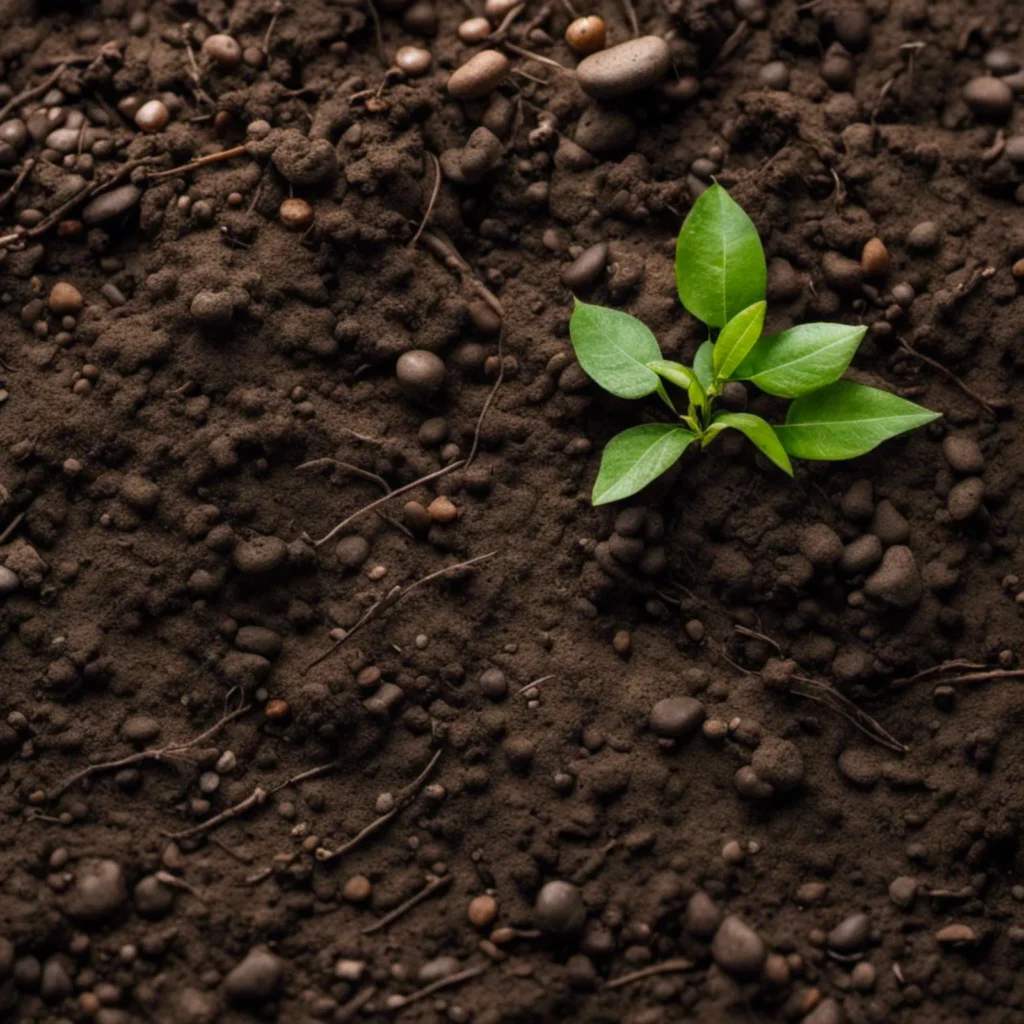
Improving your lawn soil naturally starts with understanding its composition. Soil is composed of three main components: mineral particles, organic matter, and pore spaces.
Mineral Particles
The mineral particles in soil are the inorganic components such as sand, silt, and clay. The combination of these particles determines the soil’s texture, which affects its ability to hold water and nutrients.
Sandy soil drains quickly but doesn’t retain moisture or nutrients well, while clay soil retains moisture and nutrients but drains poorly. Loam soil, which is a mixture of sand, silt, and clay, is considered ideal for growing plants.
Organic Matter
Organic matter is made up of dead plant and animal material, as well as the living organisms that break it down. Organic matter provides nutrients to plants, helps retain moisture in the soil, and improves soil structure.
Adding organic matter to your lawn soil can improve its fertility, water-holding capacity, and drainage. Examples of organic matter include compost, leaf litter, and grass clippings.
Pore Spaces
Pore spaces are the open spaces in soil that hold air and water. These spaces are important for plant growth because they allow roots to access oxygen and water.
Soil with too few pore spaces can become compacted, making it difficult for roots to grow and for water to penetrate. Adding organic matter to your soil can help create pore spaces and improve soil structure.
Understanding the composition of your lawn soil is the first step toward improving it naturally. By adding organic matter, balancing mineral particles, and creating pore spaces, you can create a healthy soil environment that supports the growth of lush, green grass.
Related Posts:
The Importance of Organic Matter
If you want to improve your lawn soil naturally, increasing the amount of organic matter is crucial.
Organic matter is composed of dead and decaying plant and animal material, and it is essential for healthy soil. Here are some reasons why:
- Improves soil structure: Organic matter binds soil particles together, creating a crumbly, porous soil structure that allows air, water, and nutrients to move freely through the soil. This is important for healthy root growth and overall plant health.
- Increases water holding capacity: Organic matter acts like a sponge, absorbing and holding onto water in the soil. This can help to reduce water runoff and erosion, and it also means that your lawn will be more resilient during periods of drought.
- Provides nutrients: As organic matter breaks down, it releases nutrients like nitrogen, phosphorus, and potassium into the soil. These nutrients are essential for plant growth and can help to reduce the need for synthetic fertilizers.
- Encourages beneficial soil organisms: Organic matter is a food source for soil organisms like earthworms, bacteria, and fungi. These organisms help to break down organic matter further and release even more nutrients into the soil. They also create channels in the soil that allow air and water to move freely.
To increase the amount of organic matter in your lawn soil, you can add compost, aged manure, or other organic materials like grass clippings or shredded leaves.
These materials will break down over time, releasing nutrients and improving soil structure. Just be sure to avoid adding too much at once, as this can create imbalances in the soil and lead to nutrient leaching or other problems.
Natural Methods to Improve Soil Quality
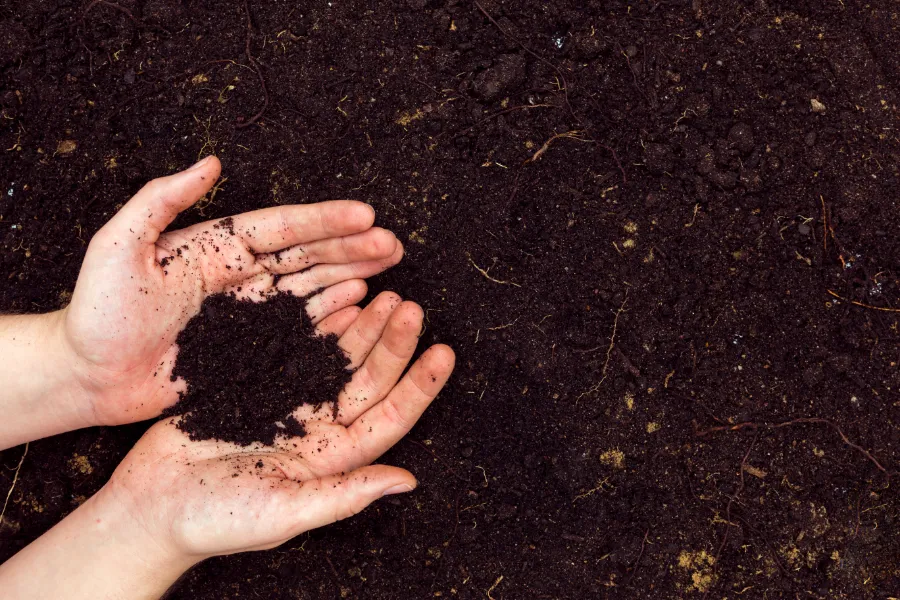
Improving your lawn soil naturally can be achieved by using the following methods:
1. Composting
Composting is a natural and effective way to improve soil quality. Organic matter is added to the soil, which helps improve soil structure and fertility. Composting also helps to retain moisture in the soil, which is important for healthy plant growth.
You can start composting by using a variety of materials, including kitchen scraps, yard waste, and leaves. Regularly mix your compost to ensure that it breaks down evenly.
2. Mulching
Mulching is an effective way to improve soil quality naturally. Mulch helps to retain moisture in the soil, suppress weeds, and regulate soil temperature. Organic matter is also added to the soil as the mulch breaks down over time.
You can use a variety of materials, including grass clippings, leaves, and wood chips, to mulch your lawn. Apply a thick layer of mulch to ensure that it is effective.
3. Crop Rotation
Crop rotation is a natural way to improve soil quality that has been used for centuries. By rotating your crops, you can help to prevent soil-borne diseases and pests, and improve soil fertility.
Plant different crops in different areas of your lawn each year to prevent the buildup of pests and diseases in the soil. This allows the soil to recover from the previous year’s crop.
4. Green Manure
Green manure is another natural way to improve soil quality. By planting cover crops, such as clover or rye, and then tilling them into the soil before they mature, organic matter is added to the soil and helps to improve soil structure and fertility.
To use green manure, plant cover crops in the fall, and then till them into the soil in the spring. This will help to improve the soil quality naturally and prepare it for planting in the spring.
Improving your lawn soil naturally takes time and effort, but the results are worth it. By using these natural methods, you can improve soil quality and create a healthy and vibrant lawn.
Related Posts:
Maintaining Healthy Soil
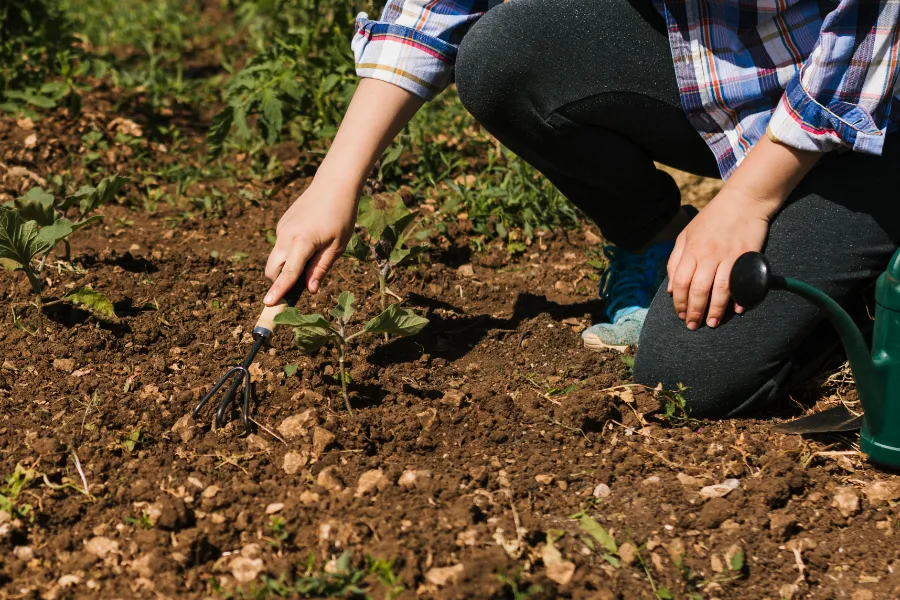
Maintaining healthy soil is essential for a healthy lawn. Over-fertilizing can lead to nutrient deficiencies and other problems. It’s best to use natural methods for controlling pests and weeds.
Foot traffic and heavy equipment can compact soil, so it’s essential to limit their use. Use a core aerator to improve air circulation and reduce soil compaction. Adding organic matter like compost and grass clippings can improve soil structure and fertility.
By following these tips, you can create a healthy, thriving lawn that you can be proud of. In case you are dealing with dollar fungus, a common problem for turfgrass owners, you can check out this article for more information on how to treat it.
FAQs
What is the Best Time to Improve Lawn Soil?
The best time to improve your lawn soil is during the growing season when the grass is actively growing. This is usually in the spring or early fall. Avoid working on your lawn during extreme temperatures or drought conditions, as this can cause stress to your grass.
How Often Should You Improve Lawn Soil?
It is recommended to improve your lawn soil every 3-5 years, depending on your soil’s condition. If you notice your grass struggling to grow or your soil is compacted, it may be time to improve your lawn soil.
Can You Over-Fertilize Your Lawn?
Yes, you can over-fertilize your lawn. This can lead to an excess of nutrients, which can cause your grass to grow too quickly and become weak. Follow the instructions on your fertilizer package and avoid applying too much.
What is the Best Natural Fertilizer for Lawns?
There are many natural fertilizers available for lawns, including compost, bone meal, and blood meal. Compost is a great all-around fertilizer that improves soil structure and adds nutrients. Bone meal is high in phosphorus and calcium, while blood meal is high in nitrogen.
How Do You Know if Your Lawn Needs Aeration?
If your lawn feels spongy when you walk on it or if water pools on the surface, it may be time to aerate your lawn. You can also use a garden fork to poke small holes in the soil to improve air circulation.
Conclusion
Improving your lawn soil naturally is a great way to ensure that your lawn remains healthy and strong. By focusing on building soil health, you can produce a healthy ecosystem in your soil that will support the growth of your grass and other plants.
In this article, we have covered some of the best tips and techniques for improving your lawn soil naturally. Adding organic matter, aerating the soil, and avoiding the use of synthetic fertilizers and pesticides are all great ways to improve soil health. Additionally, using compost tea and planting cover crops can also help improve soil structure and fertility.
Remember that improving your lawn soil naturally is an ongoing process, and it may take some time to see results. However, by following these tips and techniques consistently, you can ensure that your lawn soil remains healthy and vibrant for years to come.
Related Posts:
- nravel the Secrets of the Peat Moss Spreader: A Must-Read for Every Gardener
- Unlock the Potential of Your Oat Crop: Harnessing the Power of Grass Seed
- Keep Your Lawn Alive: The Hidden Dangers of Overusing Peat Moss on Grass Seed
- Does Rotavating Eradicate Weeds? Let’s Dive into the Facts
- Unlocking the Magic of Miracle-Gro for Rhubarb: Your Complete Guide


